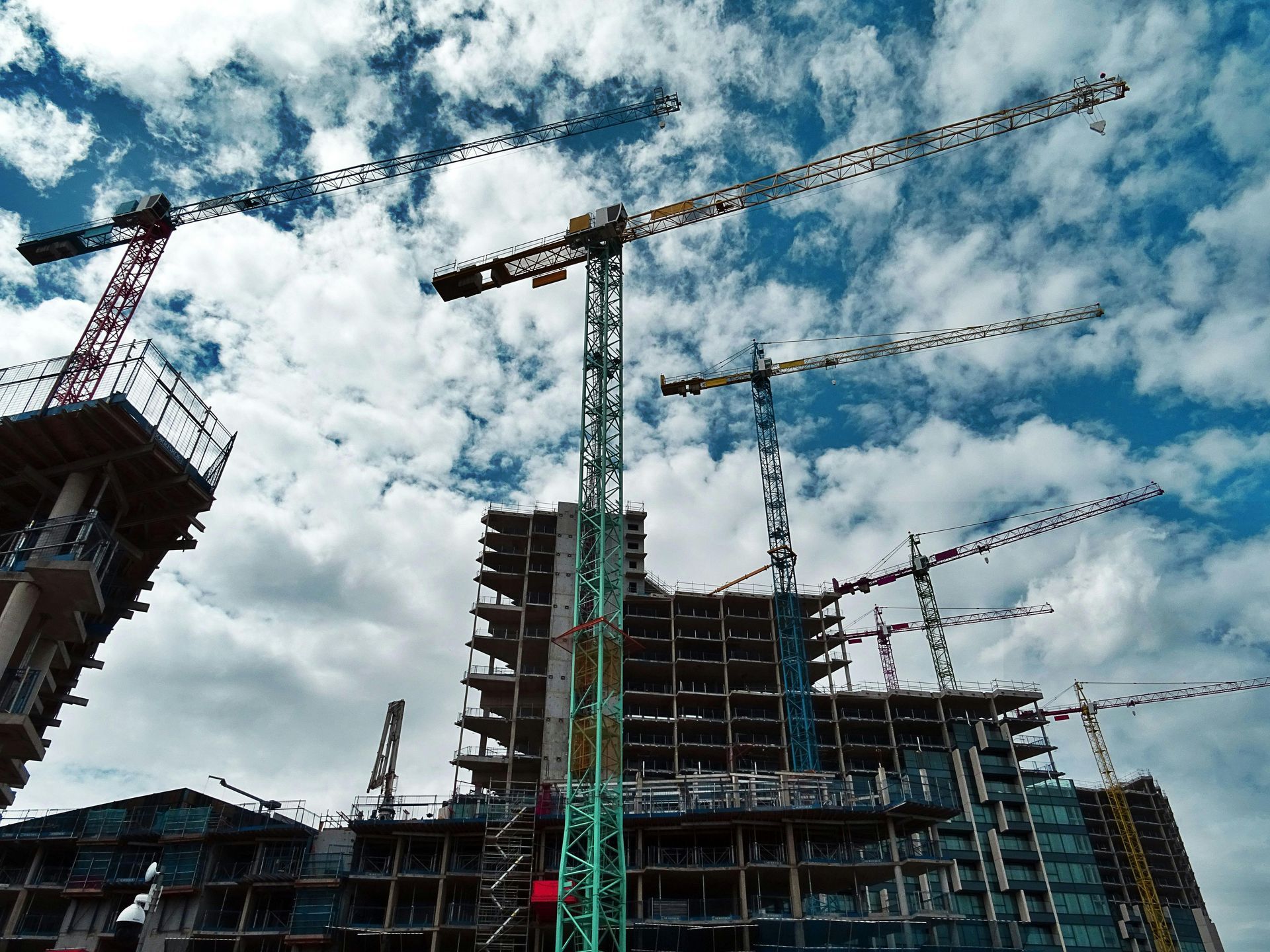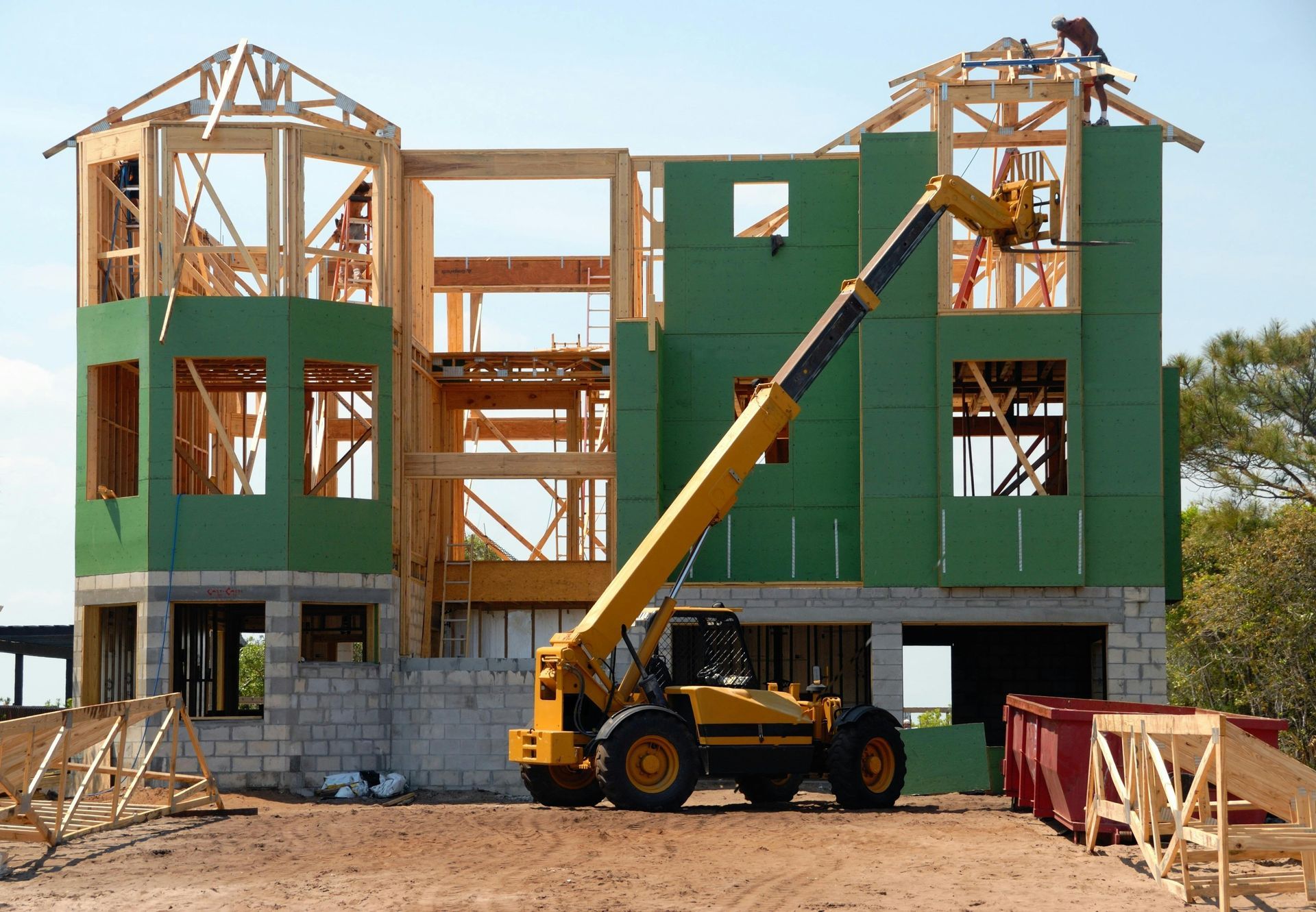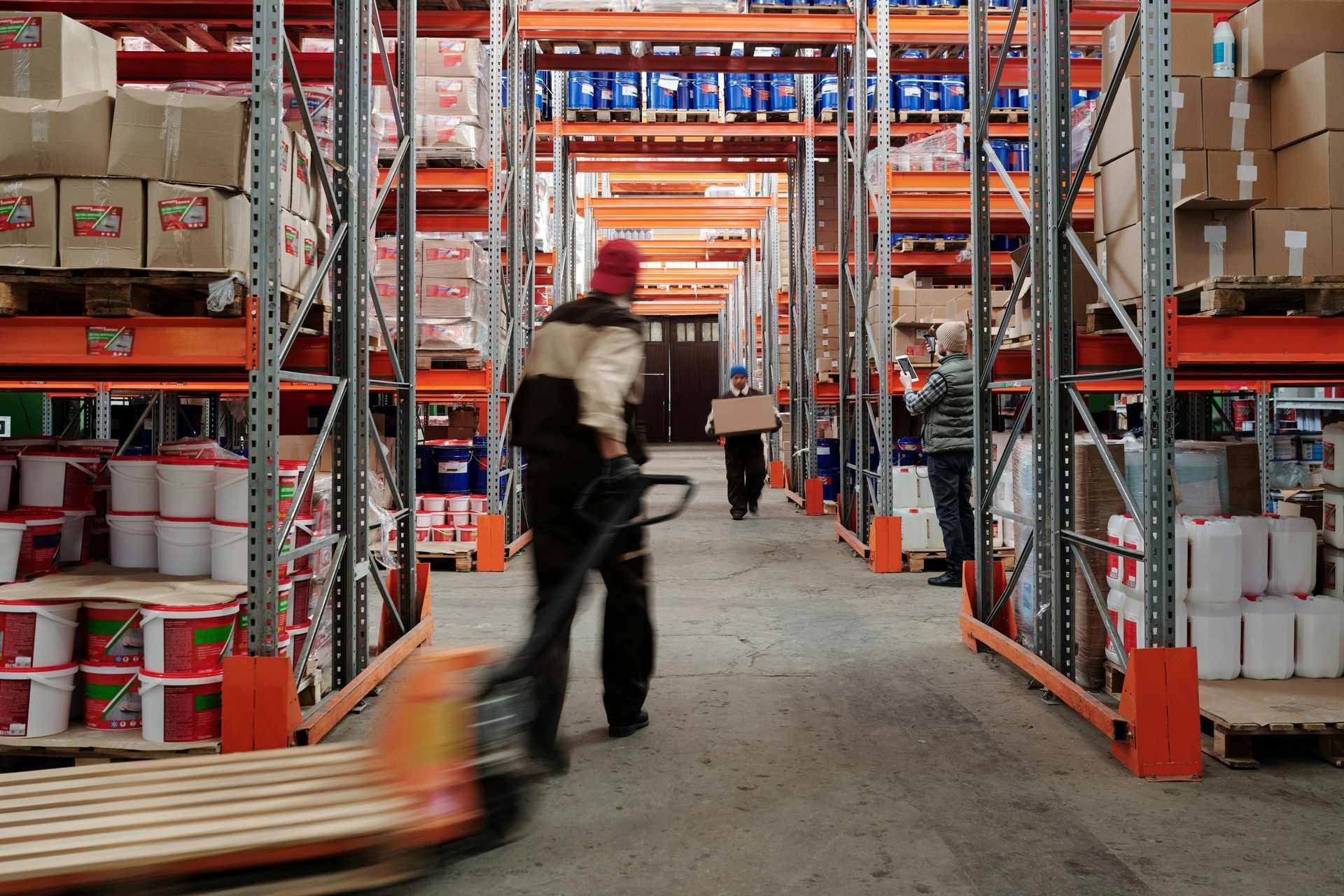Common Logistics Challenges in Construction and How to Overcome Them
The construction industry is inherently complex, with multiple moving parts that must work in harmony to ensure projects are completed on time and within budget. Among these critical components, logistics play a pivotal role in determining the success or failure of a project. Whether it's the transportation of materials, scheduling of deliveries, or managing site traffic, the logistics of construction projects are filled with challenges.
From delayed deliveries to coordination failures and material shortages, logistical obstacles can easily cause delays, increase costs, and disrupt the overall efficiency of a construction project. Fortunately, many of these challenges can be anticipated and mitigated with the right strategies and tools. In this article, we will explore the most common logistics challenges in construction and offer practical solutions to help you overcome them.
1. Delayed Deliveries and Disruptions Challenge:
One of the most common logistical issues in construction is the late arrival of materials and equipment. Construction projects are time-sensitive, and even a minor delay in deliveries can create a ripple effect throughout the entire project. When materials are late, workers are left idle, timelines are extended, and costs increase.
Causes of Delayed Deliveries:
- Traffic congestion or accidents en route to the site.
- Supplier delays or stock shortages.
- Miscommunication between the supplier and construction team.
- Poor scheduling or route planning.
How to Overcome It:
To mitigate delivery delays, it's crucial to work with a reliable logistics provider that offers real-time tracking of shipments. This allows project managers to monitor the location of materials and anticipate delays before they affect the schedule. Additionally, proactive planning and building buffers into the delivery schedule can give you the flexibility to adjust when unexpected issues arise.
Another effective solution is using Just-in-Time (JIT) deliveries, which ensure materials are delivered exactly when needed to avoid bottlenecks or clutter on-site. With careful coordination and proper scheduling, JIT can help reduce delays and keep the project moving smoothly.
2. Coordination Across Multiple Sites Challenge:
Managing logistics for a single construction site is already challenging, but for multi-unit or multi-site projects, the complexity increases significantly. Coordinating deliveries across multiple locations while ensuring that each site receives the right materials and equipment at the right time can be a logistical nightmare. Miscommunication, scheduling conflicts, and poor coordination between teams often lead to delays and inefficiencies.
Causes of Coordination Failures:
Lack of communication between the construction teams and suppliers.
Inadequate tracking systems to monitor material deliveries across different locations.
Misaligned delivery schedules that disrupt project flow.
How to Overcome It:
Centralized communication is key to overcoming coordination challenges in multi-site projects. Using a single platform to track deliveries, schedules, and inventory across all sites ensures that every team has access to real-time information, reducing the risk of miscommunication. Many companies use construction management software to streamline communication, track deliveries, and manage schedules for multiple locations.
Additionally, appointing a dedicated logistics coordinator to oversee the delivery process for all sites can help ensure that deliveries are coordinated properly and avoid overlaps or gaps in the supply chain.
3. Managing Traffic and Congestion on Site Challenge:
Construction sites are often congested with workers, equipment, and deliveries happening simultaneously. Without proper traffic management, delivery trucks can create bottlenecks, cause safety hazards, and slow down productivity. This is especially problematic in urban construction projects where space is limited.
Causes of Traffic Congestion:
- Poor site planning, leading to inefficient material drop-off points.
- Lack of designated entry and exit routes for delivery vehicles.
- Unscheduled or uncoordinated deliveries arriving at the same time.
How to Overcome It:
To avoid traffic congestion on-site, it's essential to implement a site traffic management plan. This plan should include designated drop-off points for materials, clearly marked routes for vehicles, and a schedule that staggers deliveries to avoid overlap.
Traffic controllers or flaggers can also be used to manage vehicle movements during peak hours, ensuring that delivery trucks don’t block access points or disrupt the workflow. By scheduling deliveries during off-peak hours or when there is less activity on-site, you can reduce congestion and improve the overall flow of operations.
4. Material Shortages and Overordering Challenge:
Material shortages can bring construction to a halt, while over ordering leads to excess waste and increased costs. Striking the right balance between ordering enough materials without overstocking is a common logistical challenge in construction. Unexpected shortages can delay critical phases of a project, while too much inventory can lead to storage issues and increased risks of material damage or theft.
Causes of Material Shortages and Overstocking:
- Inaccurate inventory tracking and forecasting.
- Miscommunication between suppliers and construction teams.
- Unanticipated increases in material needs during the project.
How to Overcome It:
Implementing an automated inventory management system can help you keep track of materials, monitor stock levels in real-time, and forecast future needs based on project phases. These systems allow construction teams to avoid both shortages and overordering by providing accurate data on what materials are available and when they need to be reordered.
Working with a logistics partner that offers flexible delivery schedules can also help avoid material shortages. When you have the ability to adjust delivery dates based on on-site inventory levels, you reduce the risk of overstocking or running out of materials unexpectedly.
5. Unpredictable Weather and Site Conditions Challenge:
Weather is one of the most unpredictable factors in construction, and it can wreak havoc on logistics. Rain, snow, extreme heat, and other adverse weather conditions can cause delivery delays, damage materials, or make it impossible to transport equipment to the site. In addition, challenging site conditions like poor access roads or uneven terrain can complicate deliveries.
How to Overcome It:
While you can’t control the weather, you can prepare for it. Building weather-related contingencies into your logistics plan helps ensure that your project stays on track, even when unexpected conditions arise. Consider investing in weatherproof packaging and protection materials to safeguard deliveries from damage during transit or storage.
Another strategy is to work with a logistics provider that offers flexibility in delivery scheduling. This ensures that, if weather delays are forecasted, deliveries can be rescheduled without derailing the entire project timeline. Additionally, having backup transportation options—such as using alternate routes or vehicle types for challenging site conditions—can minimize delays due to unforeseen obstacles.
6. Security and Material Theft Challenge:
Construction sites are vulnerable to theft, especially when materials and equipment are left unsecured. High-value items like copper wiring, tools, and machinery are often targeted, resulting in costly losses. Insecure logistics and delivery practices can exacerbate this risk by leaving materials exposed to theft during transit or storage.
How to Overcome It:
Site security should be a top priority for any construction project. Implementing security measures such as fencing, surveillance cameras, and guards can help deter theft and protect valuable materials. Additionally, working with a logistics provider that offers secure transportation—such as sealed vehicles, locked storage, and GPS tracking—can further reduce the risk of theft during delivery.
Scheduling Just-in-Time (JIT) deliveries also helps prevent material theft by minimizing the amount of materials left unsecured on-site. By receiving materials only when they are needed, you can reduce the chances of theft and ensure that valuable items are kept secure until they are ready for use.
7. Inefficient Communication Between Teams Challenge:
Clear communication is essential to the success of any construction project, yet poor communication between project managers, suppliers, and logistics providers is a common issue. When teams are not aligned or informed about delivery schedules, project updates, or material availability, confusion and delays are inevitable.
How to Overcome It:
To improve communication, consider using a centralized logistics management platform that allows all stakeholders to access real-time updates on deliveries, schedules, and inventory. This ensures that everyone involved in the project is on the same page and can adjust plans accordingly.
Regular meetings between project managers and logistics providers can also help keep communication lines open and ensure that everyone is aligned on project goals. By fostering a culture of collaboration and proactive communication, you can minimize misunderstandings and keep the project moving smoothly.
Conclusion
Logistics challenges are inevitable in construction projects, but with the right strategies and tools, they can be managed effectively. From delayed deliveries to site congestion and material shortages, understanding the common logistics obstacles that construction teams face is the first step toward overcoming them.
By partnering with a reliable logistics provider, leveraging technology for real-time tracking, and implementing proactive planning, construction companies can reduce the risks associated with logistics and keep their projects on schedule and within budget. Ultimately, overcoming these challenges leads to greater efficiency, lower costs, and more successful project outcomes.










All Rights Reserved | ASK Logistix